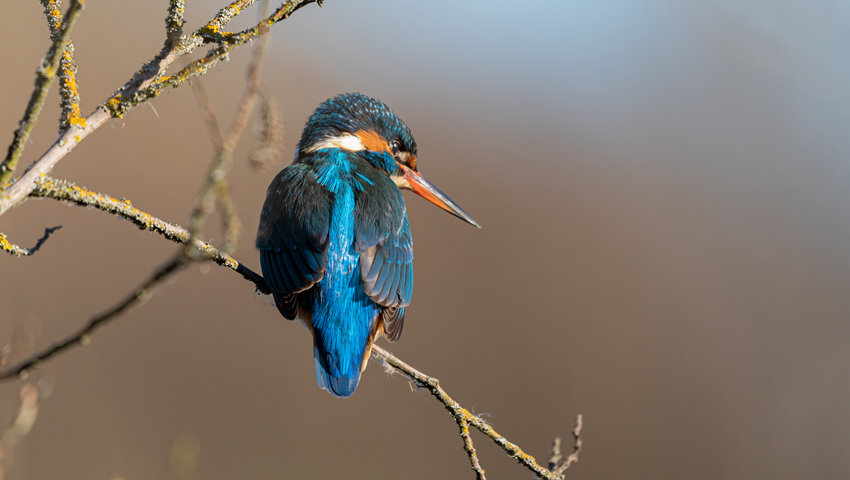A NEW study, which evaluated the conservation status of 71,000 animal species has shown a huge disparity between “winners” and “losers.”
Globally, 48% of species are decreasing, 49% remain stable, and just 3% are rising. Most losses are concentrated in the tropics.
Mongabay reports that “Extinctions have accelerated alarmingly worldwide with the onset of the Industrial Revolution, especially since World War II, when resource extraction and consumption rates soared, and the planet saw exponential growth in human population to 8 billion by 2022.
“Habitat destruction, especially in the tropics, is the major driver. But a confluence of human activities, ranging from climate change, to wildlife trafficking, hunting, invasive species, pollution and other causes, are combining to drive animal declines.
“The research also revealed that one-third of non-endangered species are in decline. These data, say the researchers, could provide an early warning for pre-emptive conservation action by spotlighting species slipping downhill, but where there’s still time to act — and prevent extinction.”
The team of Irish and Czech researchers say that “The global-scale decline of animal biodiversity (‘defaunation’) represents one of the most alarming consequences of human impacts on the planet.”
However, “the quantification of this extinction crisis has traditionally relied on the use of IUCN Red List conservation categories assigned to each assessed species. This approach reveals that a quarter of the world’s animal species are currently threatened with extinction, and ~1% have been declared extinct.”
But, say the researchers, “extinctions are preceded by progressive population declines through time that leave demographic ‘footprints’ that can alert us about the trajectories of species towards extinction.”
The researchers were concerned that existing methods of species’ population assessment may underestimate the true extent of ongoing extinctions across nature. Equally, they may not pick up stable or increasing populations.
They say that “Using population trend data for >71,000 animal species spanning all five groups of vertebrates (mammals, birds, reptiles, amphibians and fishes) and insects, we provide a comprehensive global-scale assessment of the diversity of population trends across species undergoing not only declines, but also population stability and increases.”
The research shows a widespread global erosion of species, with 48% undergoing declines, while 49% and 3% of species currently remain stable or are increasing, respectively.
“Geographically, we reveal an intriguing pattern similar to that of threatened species, whereby declines tend to concentrate around tropical regions, whereas stability and increases show a tendency to expand towards temperate climates.
“Importantly, we find that for species currently classed by the IUCN Red List as ‘non-threatened’, 33% are declining.
“Critically, in contrast with previous mass extinction events, our assessment shows that the Anthropocene extinction crisis is undergoing a rapid biodiversity imbalance, with levels of declines (a symptom of extinction) greatly exceeding levels of increases (a symptom of ecological expansion and potentially of evolution) for all groups.
“Our study contributes a further signal indicating that global biodiversity is entering a mass extinction, with ecosystem heterogeneity and functioning, biodiversity persistence, and human well-being under increasing threat.”
